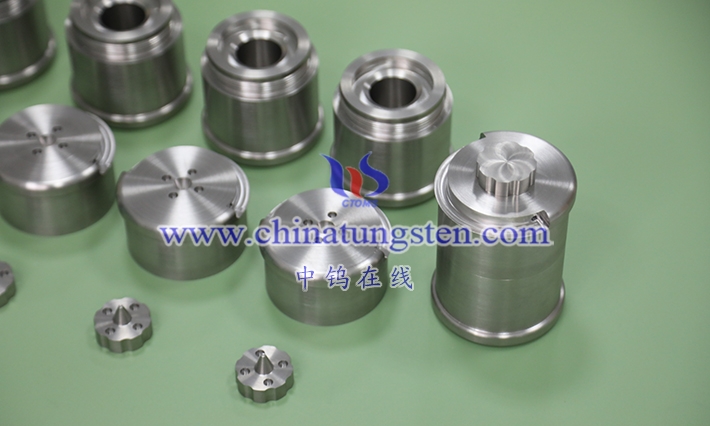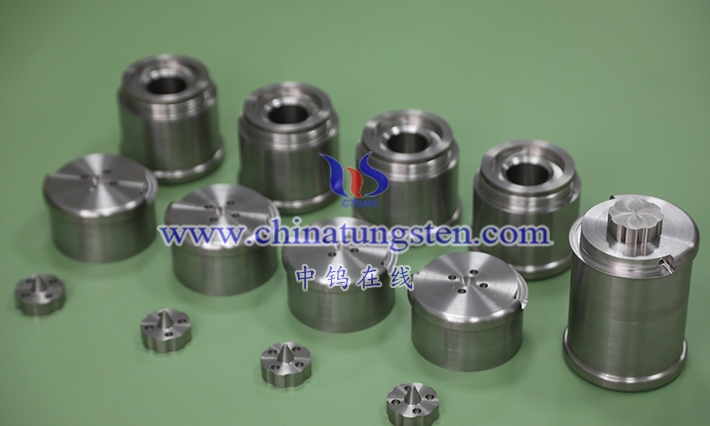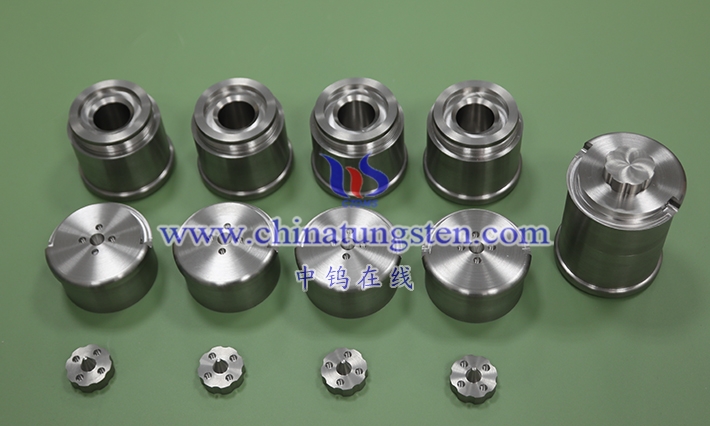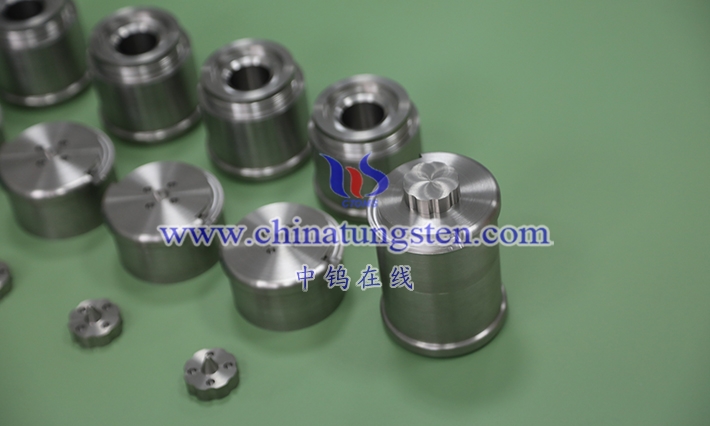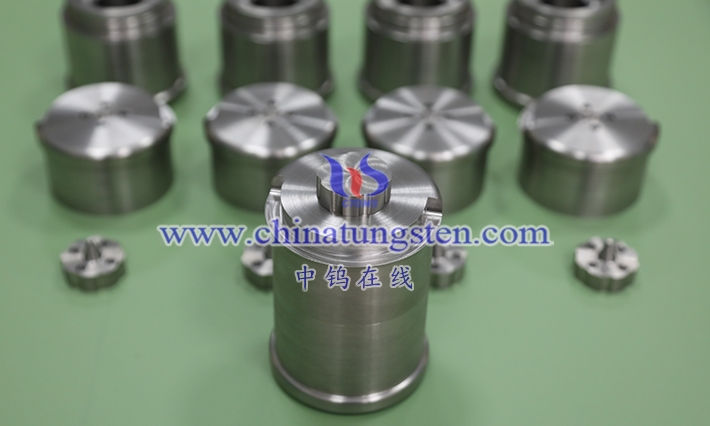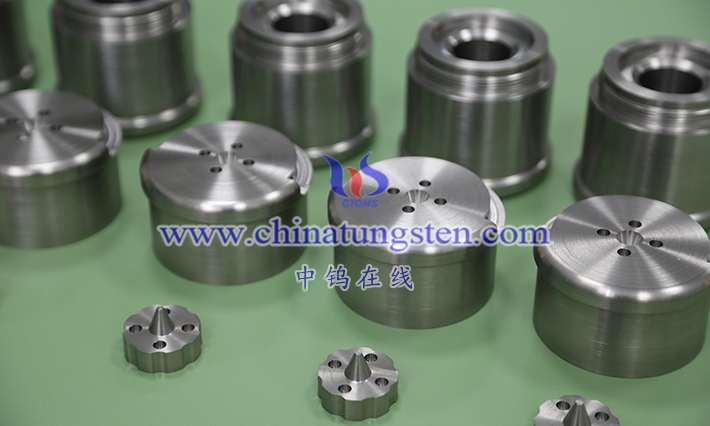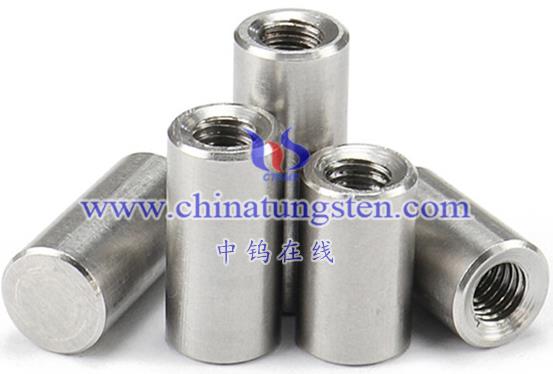
The sintering and melting behaviors of high-density alloys are two different physical processes that play an important role in the preparation and processing of alloys.
- Sintering: Sintering is one of the commonly used solid-state reactions in the preparation process of high-density alloys. It uses heating and pressure at a temperature lower than the melting point of the solvent to tightly combine solid particles and increase their density and strength. In this process, the contact area between solid particles increases, and atoms or molecules can diffuse freely, thereby achieving densification and strengthening of the particles. The sintering of high-density alloys usually needs to be carried out under high temperature and high pressure conditions to ensure sufficient diffusion of alloying elements and complete solid-phase reaction.
- Melting: Melting is another important solid-phase reaction in the preparation process of high-density alloys. It is heated to a temperature higher than the melting point of the alloy to completely melt the solid into a liquid state, and then solidifies the liquid alloy into a solid state through cooling or rapid cooling. In this process, the arrangement of atoms or molecules changes from a solid, crystalline structure to a liquid, amorphous structure. High-density alloys prepared by the melting method have higher density and purity, but require high-temperature smelting equipment and high-purity raw materials, and the cost is high.
Overall, the sintering and melting behavior of high-density alloys has an important impact on their structure and properties. By reasonably controlling sintering and melting conditions, high-density alloy materials with excellent properties can be produced.
More details of tungsten alloy product, please visit website: http://tungsten-alloy.com/
Please contact CHINATUNGSTEN for inquiry and order of tungsten carbide:
Email: sales@chinatungsten.com
Tel.: 86 592 5129595
